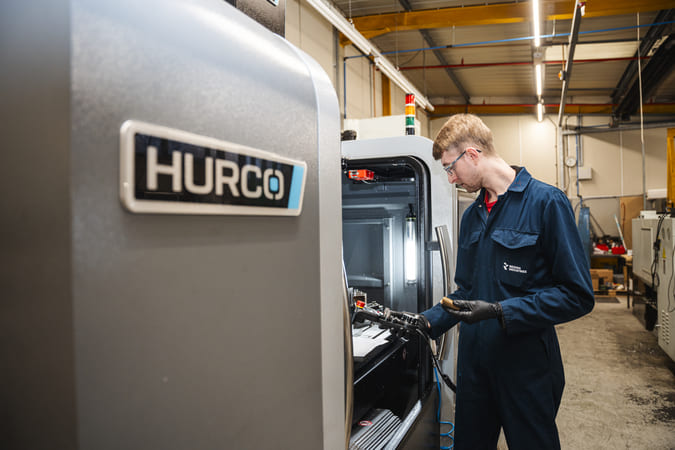
Introduction to Machining
Machining is a fundamental process in manufacturing, responsible for shaping raw materials into precise components that fit exact specifications. From small workshop tools to advanced automated machinery, machining encompasses a wide range of techniques designed to cut, grind, drill, and shape metal, plastic, and other materials. This process is essential in countless industries, including aerospace, automotive, medical devices, and consumer electronics.
Historical Perspective
The origins of machining date back to early human civilisation, when artisans used rudimentary tools to shape stone and metal. With the onset of the Industrial Revolution, machining evolved dramatically, driven by the invention of lathes, milling machines, and drill presses. Steam power and later electricity transformed the speed and efficiency of production, while the development of interchangeable parts revolutionised manufacturing standards.
Core Machining Processes
Machining covers a variety of methods, each tailored to specific production needs. Turning, for example, uses a lathe to rotate a workpiece against a cutting tool, creating symmetrical cylindrical shapes. Milling removes material using rotary cutters, producing complex geometries with high accuracy. Drilling forms precise holes, while grinding smooths surfaces to tight tolerances. Advanced methods, such as electrical discharge machining (EDM) and laser cutting, cater to intricate or heat-sensitive …



